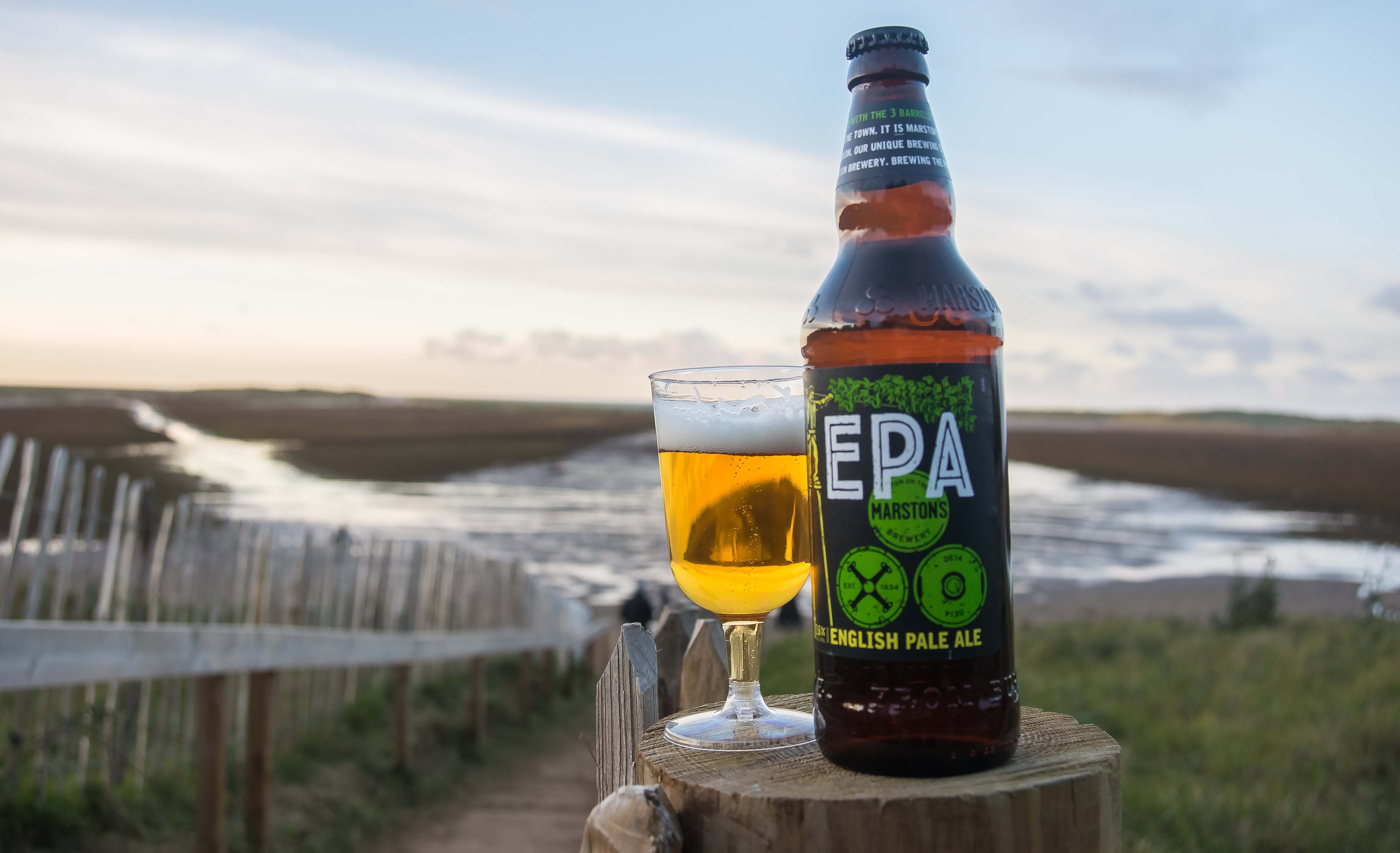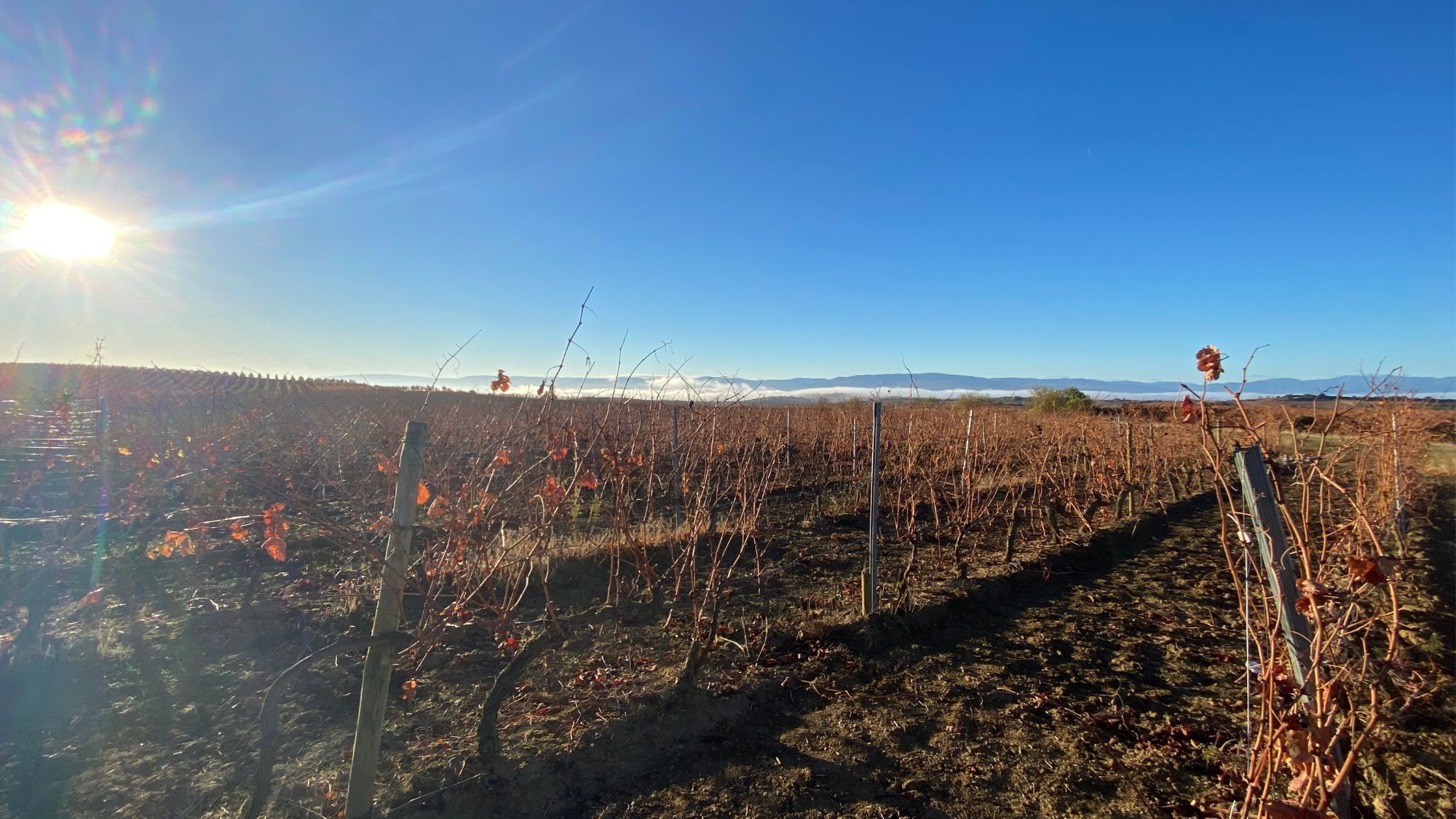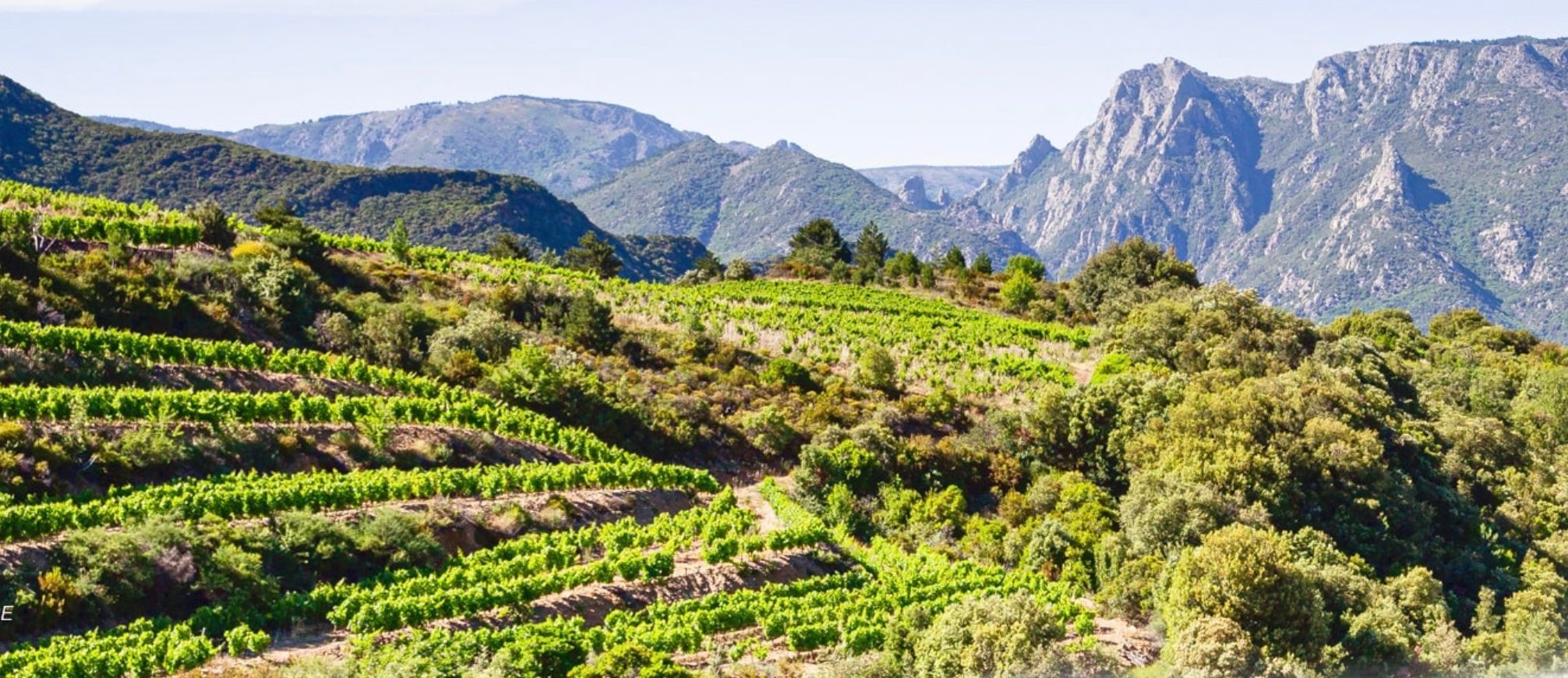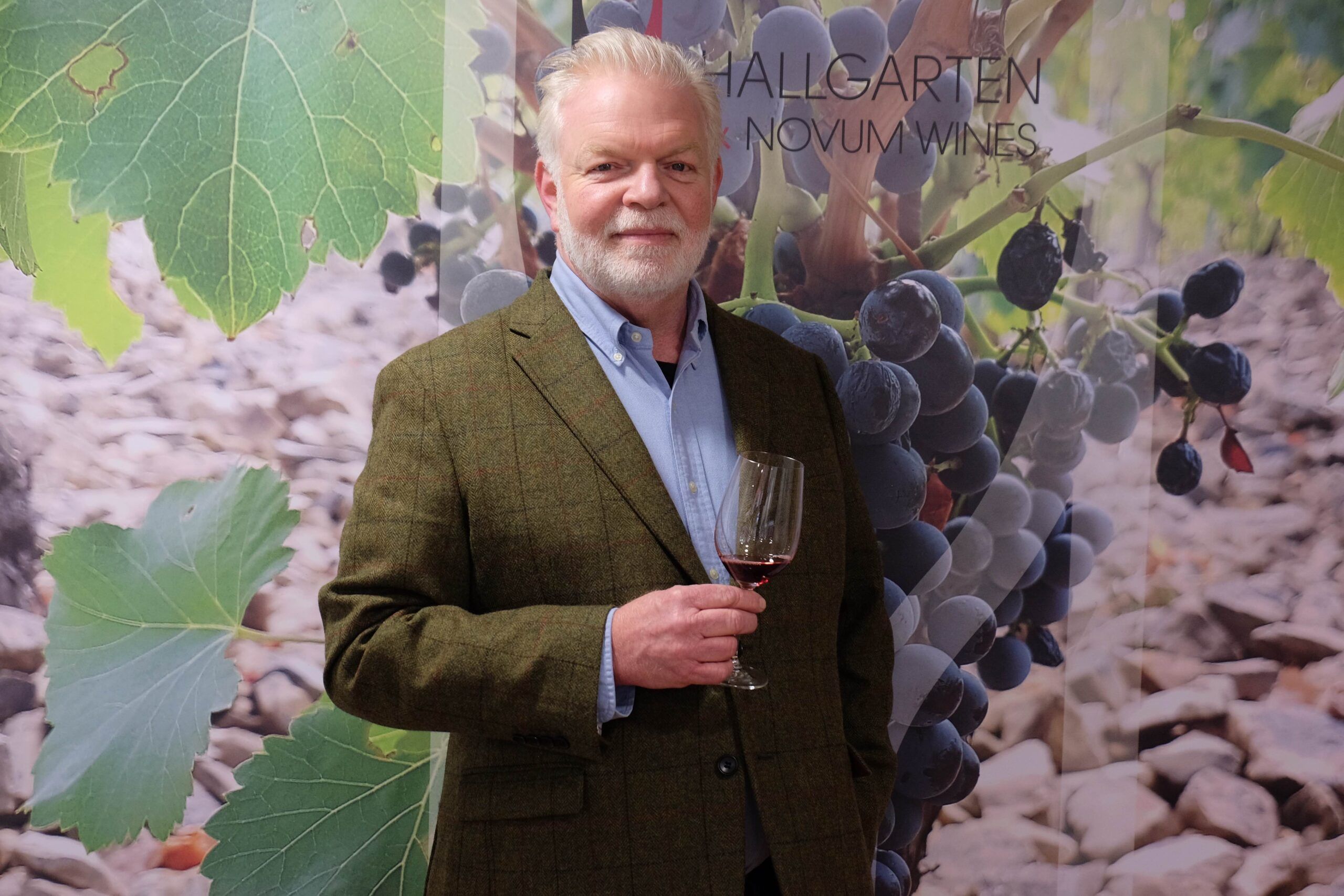Beers might be associated with the places where they are brewed, but rarely from the barley that helps make them. Until now as Rupert Ponsonby hoped to discover with a trip to the Holkham Estate.
I once heard a New York sommelier describing beer as being brewed from barley ‘grown on the rolling maritime hills of Norfolk’. That sounded like ‘terroir’ to me; and since East Kent Goldings hops have ‘protected denomination of origin’ (PDO), might Norfolk barley be the next?
I sped off to Norfolk to see.
The 25,000 acre Holkham Estate lies halfway between Kings Lynn and Cromer, and there I tasted Norfolk grain in both liquid and solid formats. Holkham is a massive farm of historical significance, a seaside nature reserve, and a rural enterprise at the forefront of doing things differently. So its recent announcement of a long term contract with Marston’s Brewery to supply barley for all their beers was in that mould.
There is exciting synergy in the link between the two: One long term British business pairing with another long term British business, with Marston’s Brewery based at the home of British brewing in Burton upon Trent; and Holkham, at the home of British farming’s innovation since the 18th century. Both are backed by long traditions and keen to reinterpret and update those traditions to make them shining examples for the 21st century. In addition, both are hell-bent on making the journey of ‘field to fork’ holistic, and championing barley’s hitherto unexplored ‘terroir’.

The Holkham Temple: All gathering to go in search of terroir barley (pic. Nick Harman)
Introducing the Coke of Norfolk
For Holkham, imaginative farming started with Coke of Norfolk, the first Earl of Leicester, in the 1770s. Borrowing some of the thinking of his neighbour ‘Turnip Townsend’, he created a four year crop rotation system based on a cycle of turnips, grass, barley and wheat. This fed the soil, putting it in natural balance, grew the yields and protected the plants from disease. His aim was to feed the growing population and to provide protein for humans and livestock. And even in the 1770s, Coke was inviting farmers and scientists from around the globe to share in his agricultural discoveries and to bring their own knowledge to his farming practices.
The present Lord Leicester has rediscovered his forebear’s methods, and with farming director, Poul Hovesen, and farming manager, James Beamish, is taking it further. Coke of Norfolk’s four year rotation has been replaced by a six year one, with the likes of rape, winter wheat, sugar beet, maize, potatoes, plus spring and winter barley – all chosen according to the individual needs of each field.
The aim is to diminish the need for fungicides, pesticides and herbicides by giving the soil balance and stronger heath. This is not to say the Estate believes it can yet do away with chemicals totally, or that it will be going organic. But, in partnership with its tenants, it will be doing all it can to make its soil rich in nutrients, which should feed through into the quality and consistency of the resultant Marston’s beers. If good grapes lead to good wine, surely the same must apply to beer!
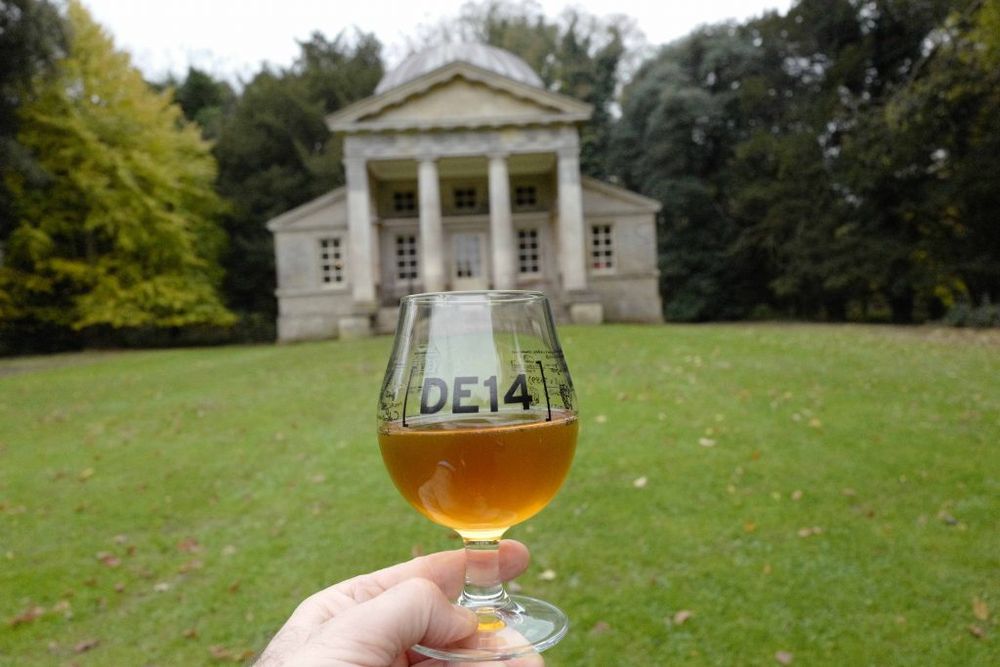
Marston’s DE14 Experimental beer (pic. Nick Harman)
Immersion in barley
We were met at farming HQ (think grain stores, anaerobic digesters, and 100 acres of solar panels) with steaming cups of Holkham’s winter barley, transformed into two Horlicks and Ovaltine-inspired drinks. This set the scene for the total immersion in all things barley, with barley breads, gamekeepers’ pies with barley pastry, and two experimental beers. These were brewed on Marston’s DE14 Nano-Brewery at Burton, a brewers’ playground which allows brewers – and local home brewers – to experiment with ‘beer’.
For these beers, Marston’s had asked Alex Hely-Hutchinson of Covent Garden’s refreshingly elegant ‘porridge’ bar, 26 Grains, to guest brew. The freekeh beer with pomegranate molasses was delicious, like a deep Loire Chenin Blanc; whilst the smoked wheat and honey beer combined sweetness with depth.
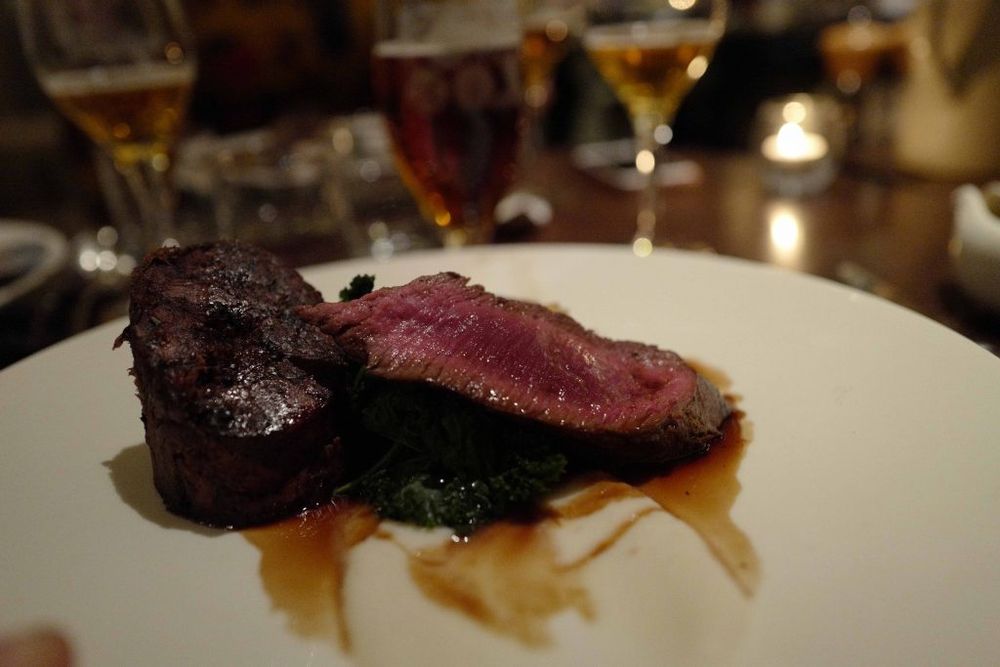
Beer and food matching… Holkham venison at Holkham’s Victoria Inn. (pic. Rupert Ponsonby)
Holkham’s open-fired Victoria Inn, half a mile from the coast, saw Chef Michael Chamberlain pairing local pike (Norfolk mustard sauce) with Marston’s Brewery’s English hopped EPA (spice meets spice), and the Estate’s venison with the full-flavoured Pedigree, and their iconic Old Empire IPA.
Marston’s Brewery’s vision is not just about traceability and knowing the exact ‘provenance’ of every grain of barley in their beers. It is also about the flavour of that barley, and the way it translates into extra flavour and complexity in their beers. Can the long growing season from the cool seaside fields, and the white sea frets which cloak the crops like drifting smoke, deliver a flavour which is special to those farms.
Is the ‘terroir’ of barley at long last on its way?
